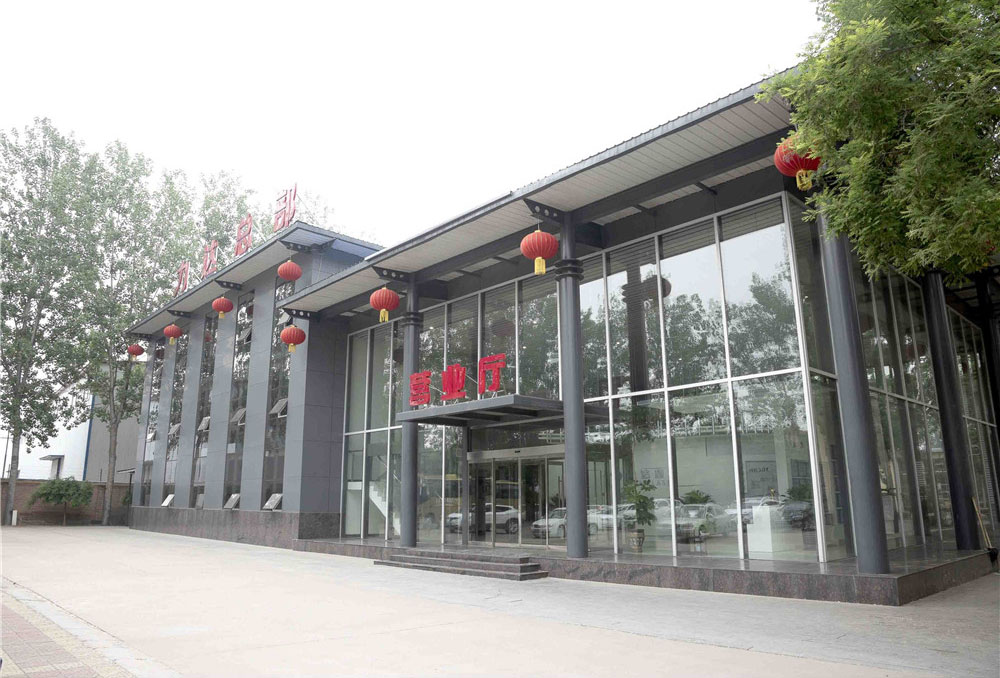Out . 17, 2024 05:02 Back to list
Choosing the Right Welding Rods for PVC Projects and Applications
The Role of Welding Rods in PVC Applications
Welding rods play a crucial role in the world of construction and manufacturing, particularly when it comes to working with PVC (polyvinyl chloride). PVC is a widely used thermoplastic known for its durability, chemical resistance, and versatility. From plumbing pipes to electrical conduits, PVC is commonly found in various applications. However, its successful implementation often relies on effective joining techniques, and this is where welding rods come into play.
Understanding PVC Welding
Welding PVC involves using heat to melt the material and fuse pieces together. Unlike traditional welding methods used for metals, PVC welding utilizes specialty welding rods that are specifically formulated for this thermoplastic. The rods are designed to melt at a temperature that is compatible with PVC, ensuring a strong and lasting bond.
There are predominantly two types of welding methods used for PVC hot air welding and extrusion welding. Hot air welding involves using a hot air tool to heat the surfaces, while an extrusion welder feeds a welding rod through a heated nozzle, melting it as it applies it to the joint. Both methods require the correct type of welding rod to achieve optimal results.
Types of Welding Rods for PVC
When considering welding rods for PVC, it’s important to note that they come in various forms and sizes. The choice of welding rod largely depends on the specific PVC application and the desired results. Common types of PVC welding rods include
1. Solid Rods These are typically used for general welding purposes. They come in different diameters, and their solid form is perfect for creating strong, sturdy joints.
2. Cored Rods Cored rods feature a hollow center filled with a different material that can assist with the weld. They can provide additional strength and are often used in situations where maximum durability is required.
3. Colored Rods Sometimes, appearance matters as much as functionality. Colored welding rods can be used to match or complement the PVC material, allowing for aesthetic consistency in finished products.
welding rod pvc

4. Filler Rods These rods are used in applications where additional material is required to fill gaps or provide reinforcement to a weld joint.
Application and Benefits
The use of welding rods in PVC has several advantages that make them preferable in many projects. First and foremost, welding provides a strong bond that is resistant to pressure, bending, and thermal expansion, which is essential for applications like piping and drainage systems.
Moreover, welding PVC is a cost-effective solution. It typically requires less labor than mechanical fastening methods and can be performed in various environments, including on-site and in controlled settings. This adaptability makes it a favored choice for contractors and manufacturers alike.
Additionally, welded joints are often more seamless and aesthetically pleasing than those created with screws or bolts, which can be significant for visible applications in homes and businesses.
Challenges in PVC Welding
While welding rods offer many benefits, there are also challenges to consider. For example, proper preparation of the surfaces to be welded is critical. If surfaces are not cleaned or properly aligned, the strength of the weld may be compromised. Furthermore, controlling the temperature during the welding process is essential to prevent overheating and damaging the PVC material.
Also, compatibility is important; not all welding rods are suitable for every type of PVC. It's crucial to select the right rod for the specific grade of PVC being used. Understanding the chemical makeup of both the welding rod and the base material is key to ensuring a successful joint.
Conclusion
In conclusion, welding rods are an essential component in the successful application of PVC across various industries. Their specialized design ensures strong, durable joints that are vital for the longevity of PVC products. With the right techniques and equipment, the potential for creating robust and attractive PVC constructions is limitless, making welding an indispensable skill for those working with this versatile material. As technology advances, we can expect further innovations in the welding processes and materials, enhancing the quality and efficiency of PVC applications.
-
Durable PPR Pipe for Hot & Cold Water Systems - Easy Install
NewsAug.14,2025
-
Durable HDPE Sheet | Versatile & Impact-Resistant Plastic
NewsAug.13,2025
-
Premium PVC Soft Sheets: Clear, Flexible & Durable
NewsAug.12,2025
-
Premium PVC Round Rods: Durable, Chemical Resistant, Easy to Machine
NewsAug.11,2025
-
PP U-channel: Chemical-Resistant, Lightweight & Durable
NewsAug.10,2025
-
Transparent PVC Pipe: Clear Flexible Tubing for Fluids
NewsAug.09,2025

